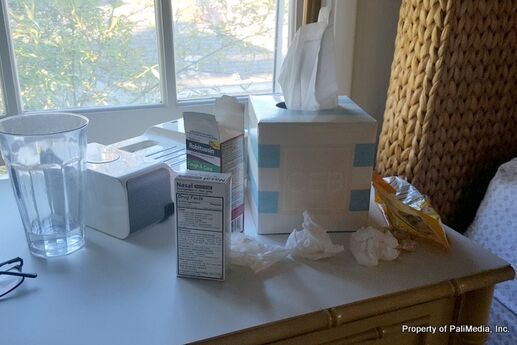Seasonal Flu Fundamentals
To keep your family healthy and safe this flu season, it's important to know all you can about the flu. Here are seasonal flu fundamentals on everything from symptoms to prevention.
Who's at Risk: Young children and people over 65 are most likely to contract the virus.
Symptoms: The flu virus usually triggers fever, cough, runny nose or congestion, and body aches.
Red-flag Warnings
Most people with seasonal flu get a mild illness that might make them feel miserable for a few days but isn't life-threatening. But it's important to watch for red-flag warning signs that suggest a person is developing severe complications.
In children, look for fast breathing or breathing difficulty. Also, act fast if skin appears bluish or the child has a fever with a rash. Failure to wake up or interact, and extreme irritability are also warning signs. In addition, symptoms that improve but then return with fever and a worse cough need immediate attention.
In adults, red flags include breathing difficulty, pain or pressure in the chest or abdomen, sudden dizziness, confusion, or severe or persistent vomiting.
Prevention
The flu virus is transmitted through tiny amounts of mucus released when you talk, sneeze or cough, explains Dr. Robert W. Frenck Jr., professor of pediatrics in the division of infectious diseases at Cincinnati Children's Hospital Medical Center. You can prevent the spread of both flu viruses by developing these healthy habits:
- Wash your hands. Several times a day, wash your hands with soap and water, especially before eating. If you don't have sink access, use an alcohol-based hand sanitizer.
- Cover your cough. If you feel the urge to cough or sneeze, cover your mouth with a tissue and then throw the tissue away. If you don't have a tissue handy, cough into your elbow.
- Stay home. If you get sick, plan on staying home for four days, or until the fever has been gone for 24 hours without the aid of fever-reducing medication.
- Get vaccinated. "Vaccination is the best way to prevent seasonal flu," says Dr. Davis. To find flu vaccination clinics near you, contact your local or state health department.
Photo by Vladimir Fedotov on Unsplash
Like this article? Get more by following us on Facebook at Beauty & Confidence.






